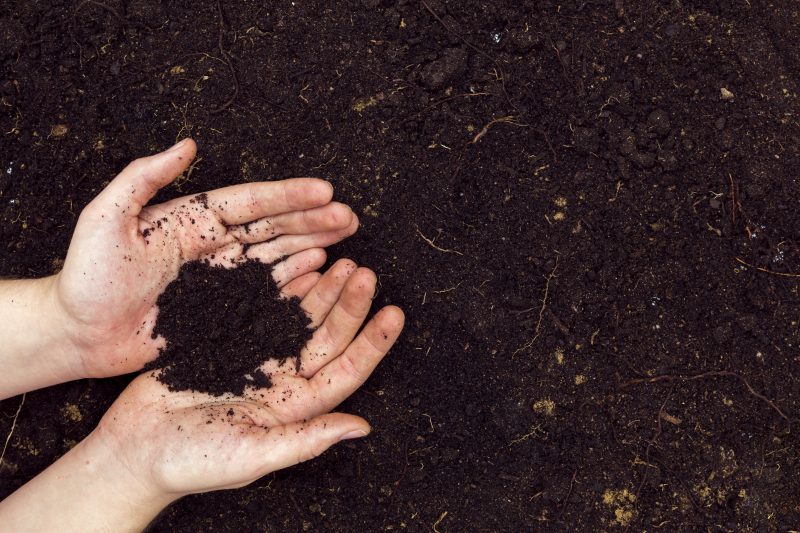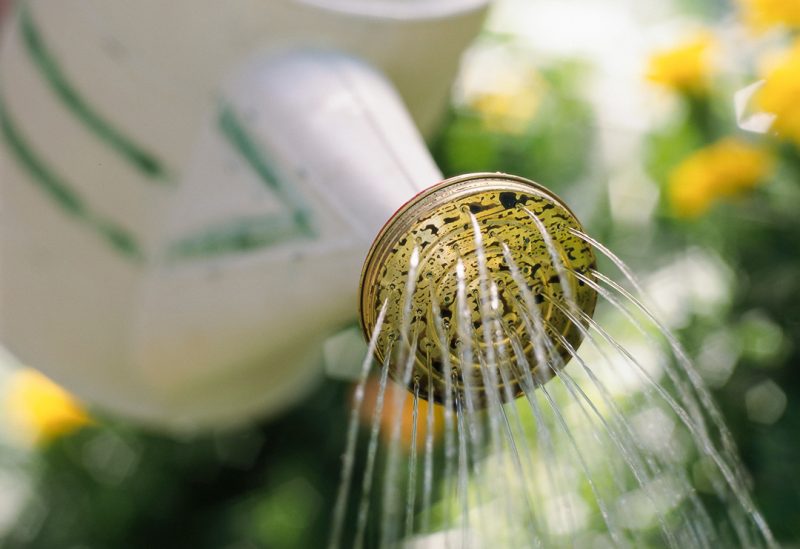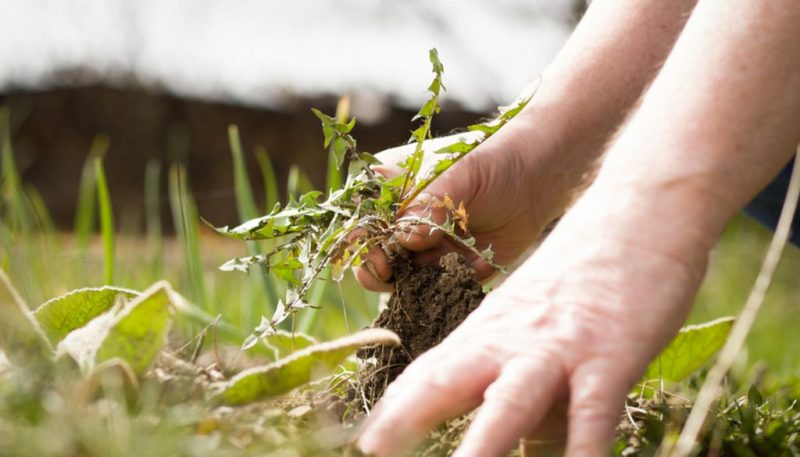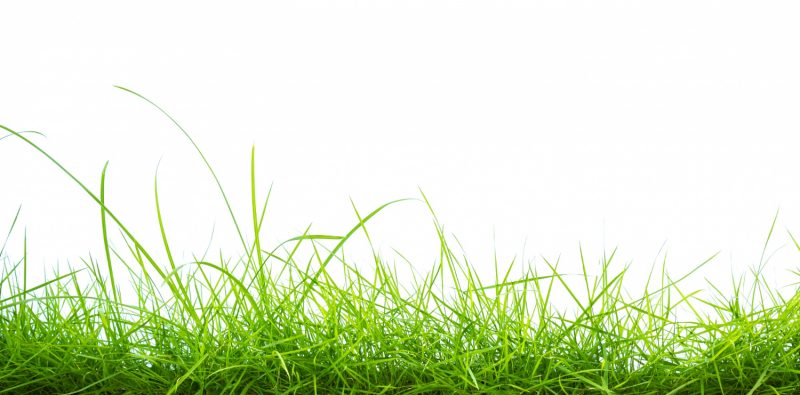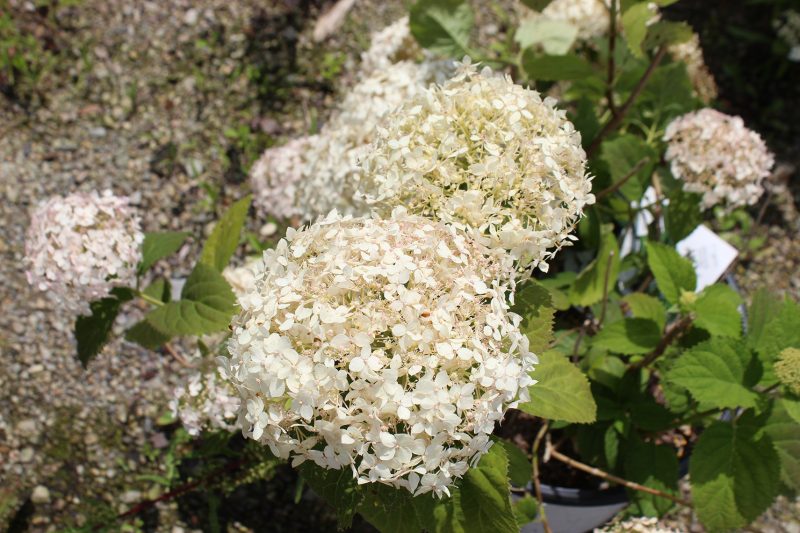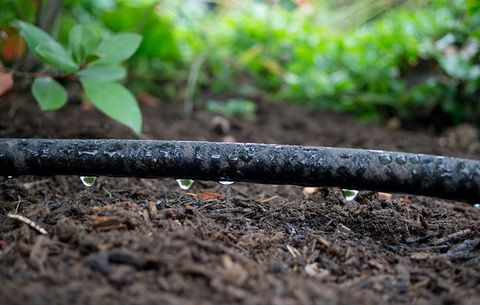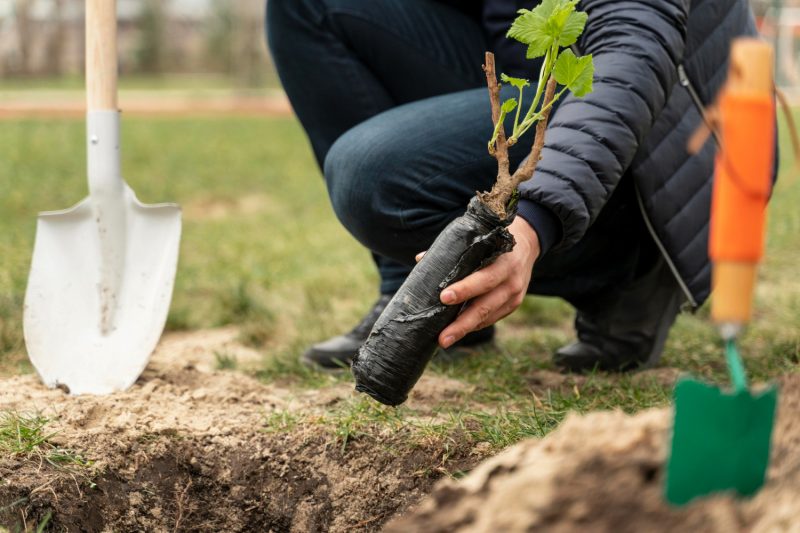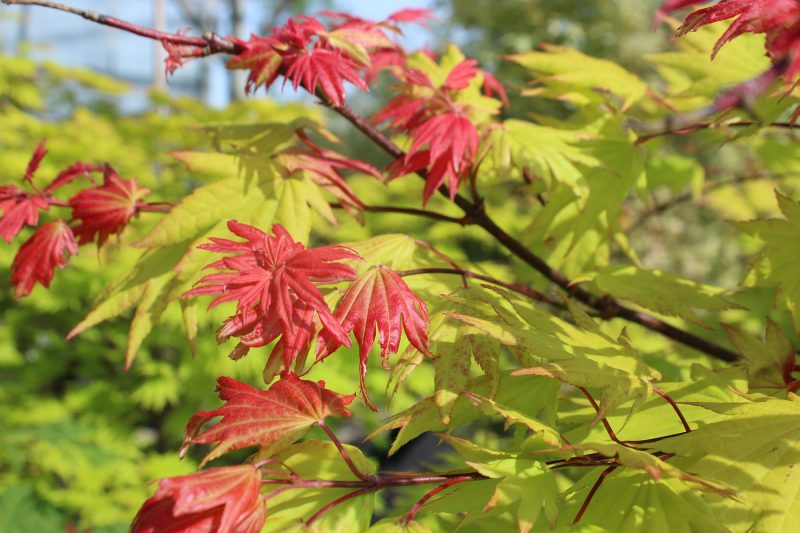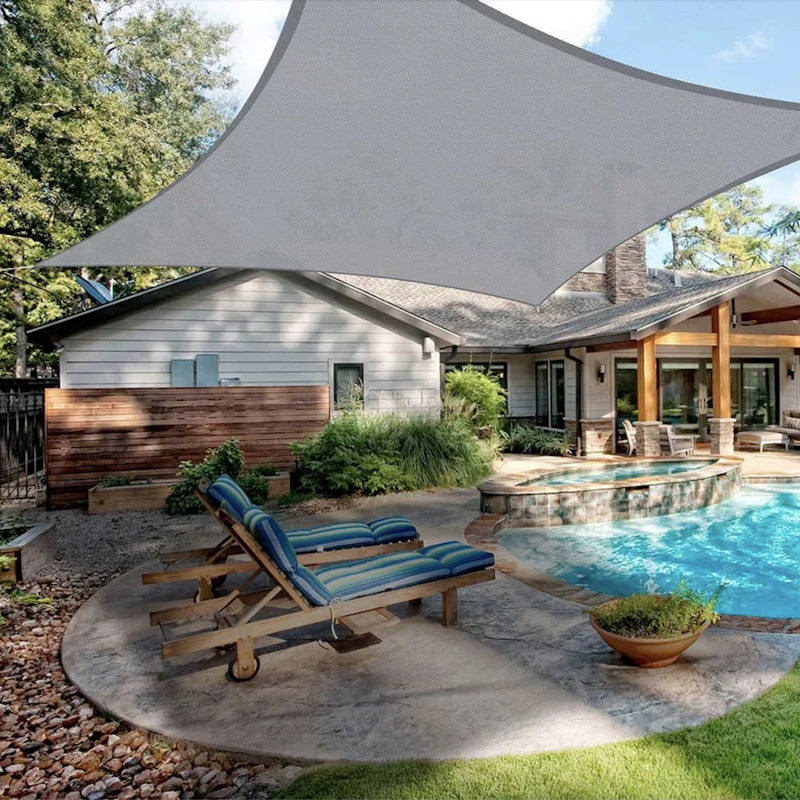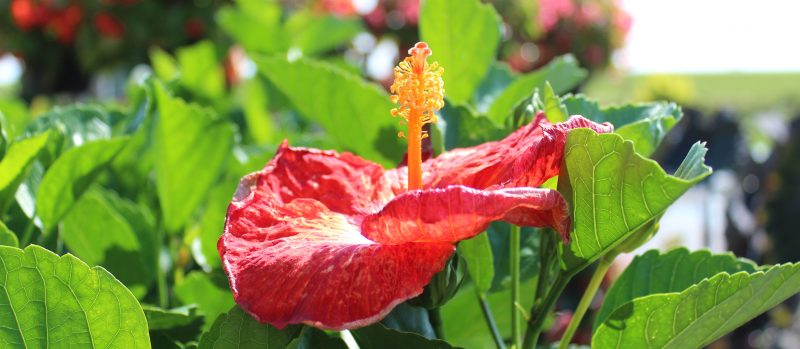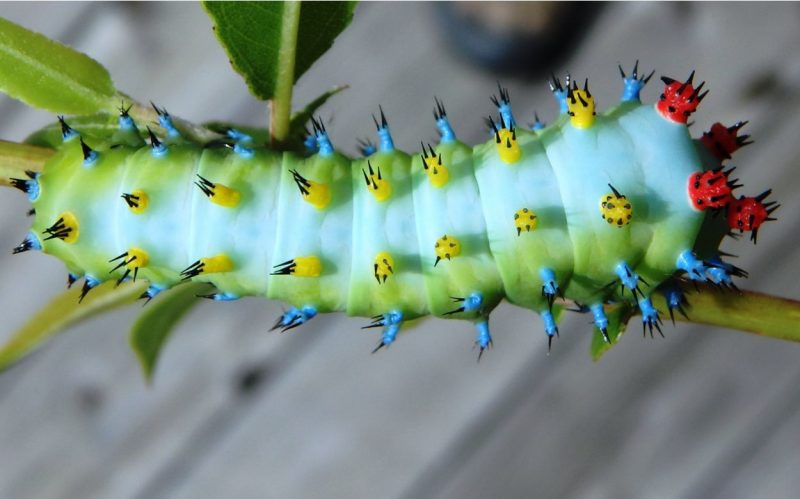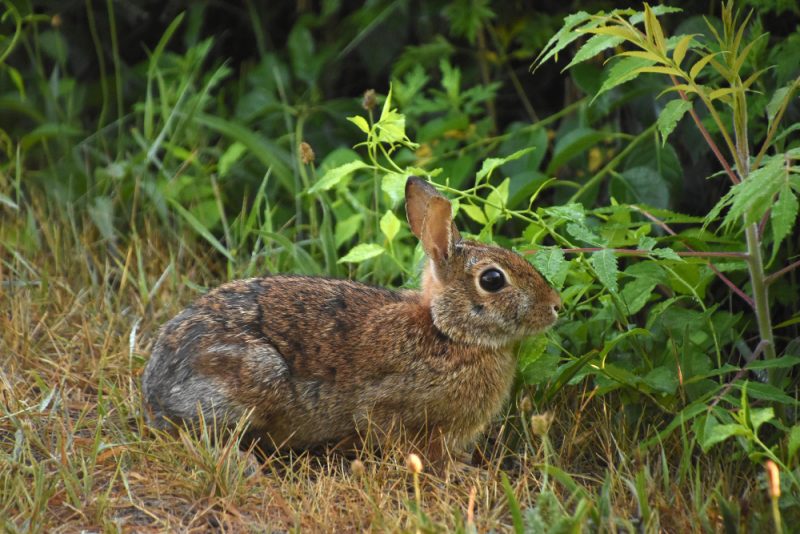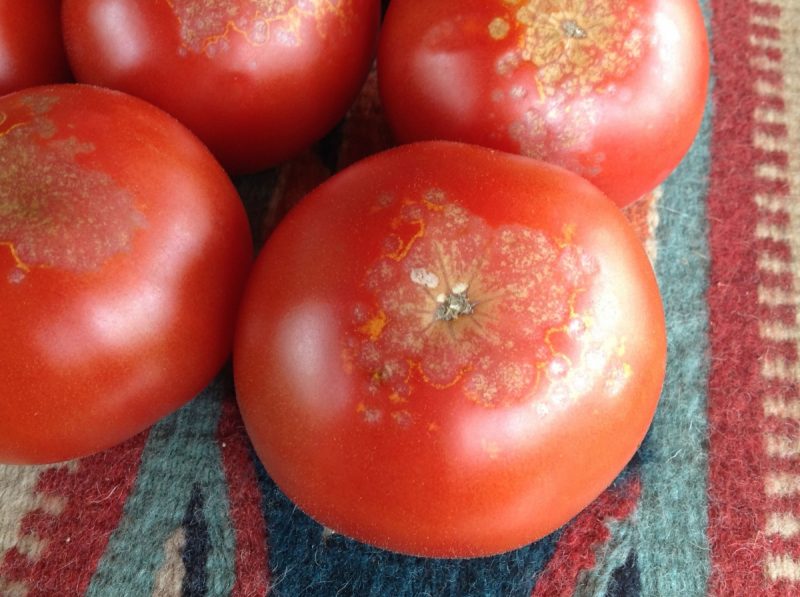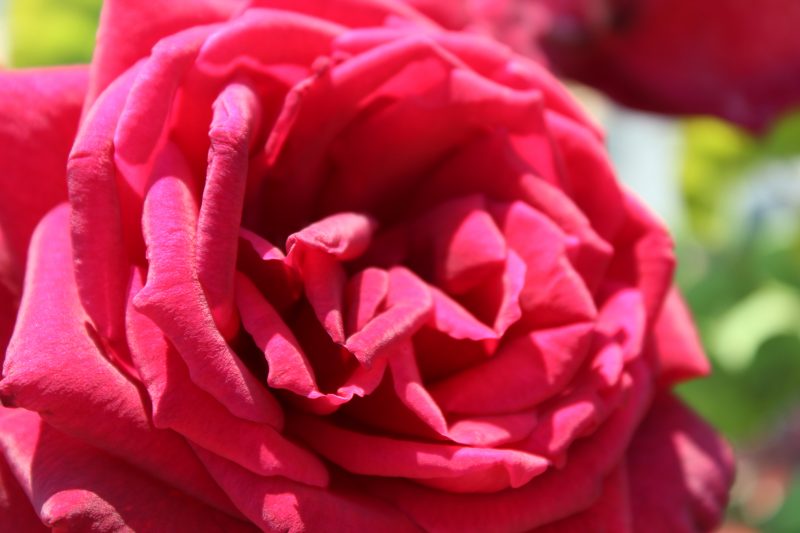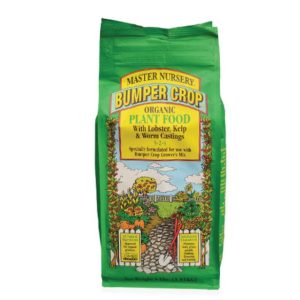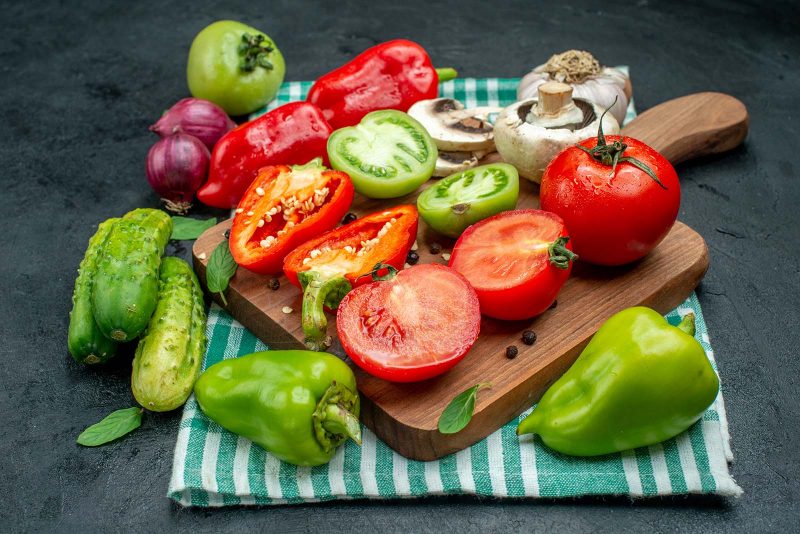
Mulch
Adding mulch to your garden is one of the best things you can do to protect plants from hot summer weather. A layer of mulch conserves moisture and keeps the area around the base of your plants cool. You don’t need to get fancy with it: Shredded leaves, straw, and wood chips are all excellent options. When applying mulch around the base of a tree or in a garden bed, be sure to spread it out instead of piling it on, as a too-thick layer of organic matter can suffocate plant roots. As well, keep mulch a few inches away from the bases of trees; a mounded “volcano” of mulch at the base can lead to rot and disease.
